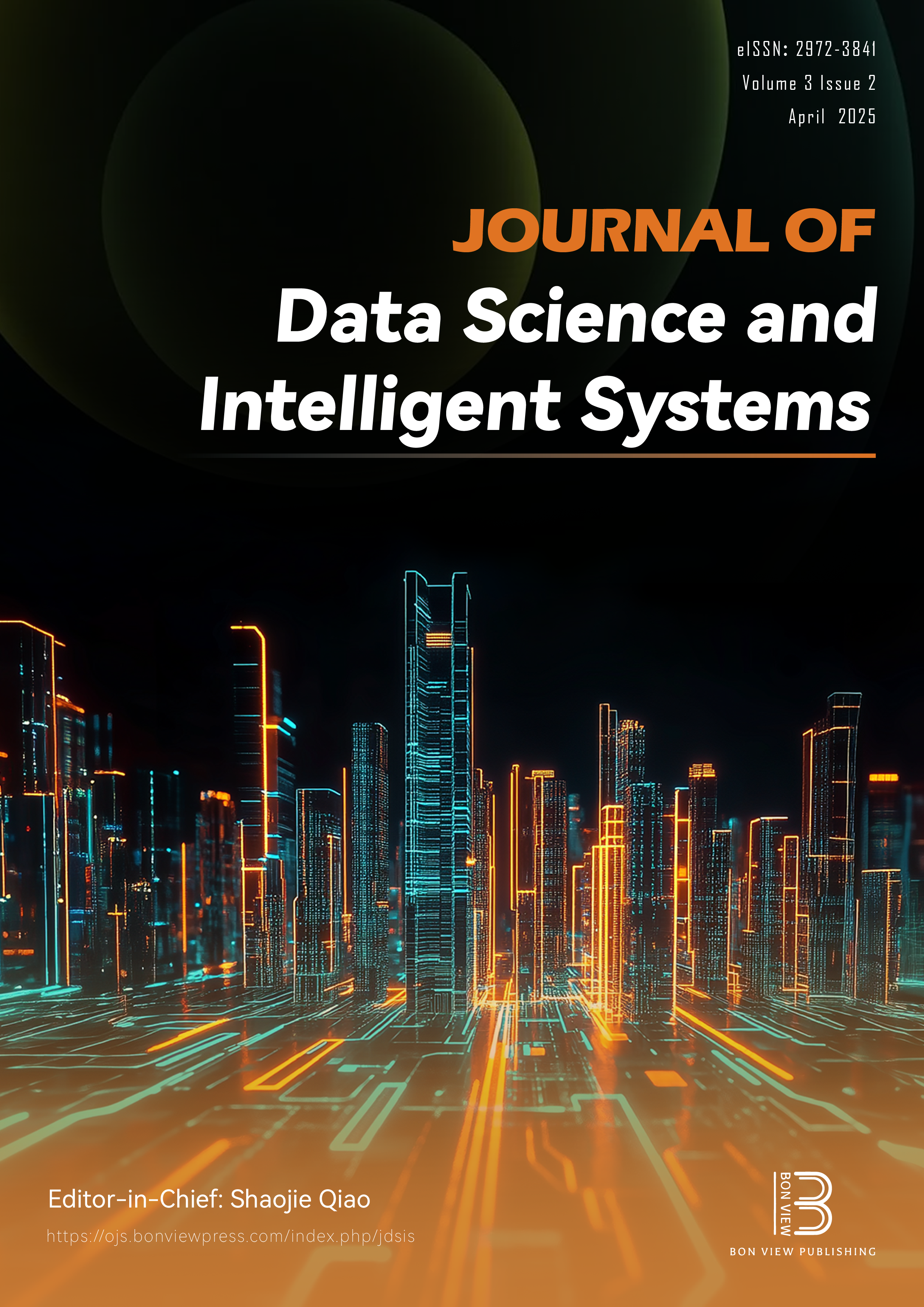Signal Process of Ultrasonic Guided Wave for Damage Detection of Localized Defects in Plates: From Shallow Learning to Deep Learning
DOI:
https://doi.org/10.47852/bonviewJDSIS32021771Keywords:
shallow learning models, deep learning models, Lamb wave, data processing, damage detection, non-destructive testingAbstract
Ultrasonic guided waves are one of the non-destructive inspection techniques used in structural health monitoring for localized damage detection. Even though propagation, scattering, and dispersion of the Lamb waves have great progress in the monitoring technology of the Lamb wave, the detection, identification, and quantification of structure damage still face challenges because of the complexity of the process in the propagation, scattering, and dispersion of the Lamb wave.Machine learning methods, including shallow learning (support vector machine (SVM)) and deep learning (DL) methods (convolutional neural networks (CNNs) and long short-term memory (LSTM)), in recent years have brought revolutionary opportunities for decoding the information of the Lamb wave. Therefore, the methodology structure was proposed from dataset collection, data preprocessing (including feature extraction, feature combination, and feature transformation), data training, and classification. Two different cases of damage types and damage sizes were designed in a COMSOL environment. The shallow learning method of the SVM model and the DL method of the CNN-LSTM model were compared with the defined time series features and transformed images. The results showed that both shallow learning methods and DL methods can be used in the application of signal classification, while the DL method of CNN-LSTM exhibited higher accuracy in image classification, as compared to the SVM. The robustness of the proposed models has also been verified under noise interference. The results demonstrated that the DL architecture of CNN-LSTM has the potential to attain greater precision because of better feature extraction and processing ability than the shallow learning model of SVM. In addition, the performance of signal classification and image classification of SVM and CNN-LSTM models dramatically decreased as the noise levels increased.
Received: 15 October 2023 | Revised: 24 November 2023 | Accepted: 22 December 2023
Conflicts of Interest
The authors declare that they have no conflicts of interest to this work.
Data Availability Statement
Data available on request from the corresponding author upon reasonable request.
Author Contribution Statement
Li Shang: Methodology, Software, Validation, Formal analysis, Investigation, Resources, Data curation, Writing – original draft. Zi Zhang: Methodology, Software, Validation, Formal analysis, Investigation, Resources, Data curation, Writing – original draft. Fujian Tang: Conceptualization, Writing – review & editing, Visualization. Qi Cao: Conceptualization, Writing – review & editing, Visualization. Hong Pan: Conceptualization, Writing – review & editing, Visualization, Supervision, Project administration. Zhibin Lin: Conceptualization, Writing – review & editing, Visualization, Supervision, Project administration, Funding acquisition.
Downloads
Published
Issue
Section
License
Copyright (c) 2023 Authors

This work is licensed under a Creative Commons Attribution 4.0 International License.
How to Cite
Funding data
-
U.S. Department of Transportation
Grant numbers DTPH5616HCAP03 -
U.S. Department of Transportation
Grant numbers 693JK318500010CAAP -
U.S. Department of Transportation
Grant numbers 693JK31850009CAAP -
U.S. Department of Transportation
Grant numbers 693JK32110003POTA -
U.S. Department of Transportation
Grant numbers 693JK32250007CAAP


